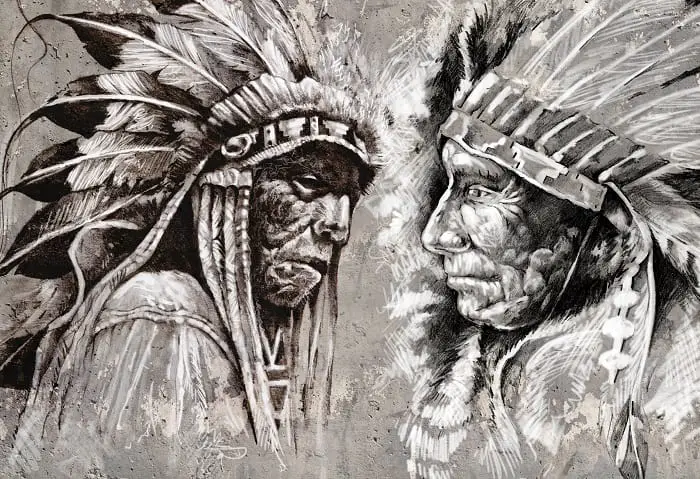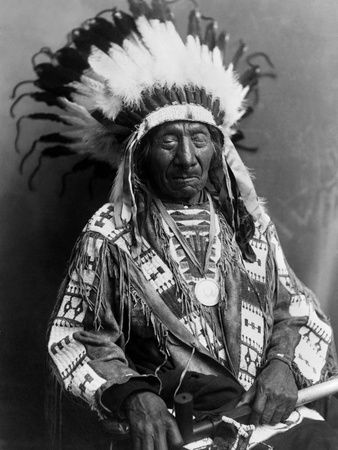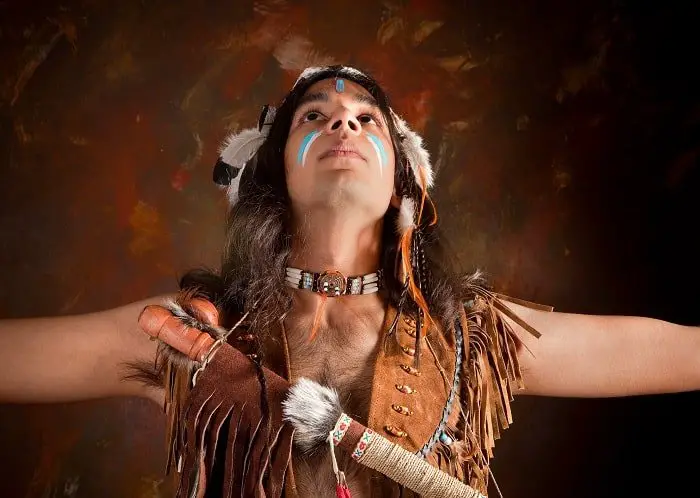Last Updated on May 29, 2020 by Cristina
There are different myths surrounding Native American facial hair genetics. Wondering why some people grow a full and thick beard while others might only grow a thin and sparse beard or none at all? The element of genetics plays a significant role in determining whether you can grow a beard or not. If members of your family lineage had no beard up to your dad, chances are high that you may also not grow any beard and there is nothing you can do about it.
Some people believe that Native Americans are beardless but this is not true. Indeed, Native Americans can grow facial hair but the quantity of hair varies across different groups. As such, this article explores different factors that affect the facial hair genetics of the Native Americans.
Native American Facial Hair Genetics and Beard Growth
According to science growth of beard is determined by genetics and there is nothing much you can do to change the situation. If your paternal ancestors did not grow facial hair, then it follows that you may also not grow hair. No matter if you are Native American or not, you may not grow facial hair as a result of your family genetics.
It might not be possible that you suddenly grow beards when your genetics state otherwise. You need to know that no amount of beard oil or other related products can help you to grow facial hair when you belong to the family lineage of people who do not grow hair. Genetics cannot be controlled using artificial methods so you contend with your state if you do not grow facial hair.

However, the possibility of growing a beard cannot be ruled out even though you belong to a group of people commonly viewed as beardless. In this case, the Native Americans constitute a very good example of people who are believed not to grow facial hair. The belief that Native Americans do not grow facial hair is absolutely wrong.
The only issue is that the amount of their facial hair is not intense. The truth about Native American facial hair genetics is that Native Americans have very sparse hair not only on the face but the rest of the body. The natives have facial hair but the issue is that the hair is only sparse and soft. These people may not grow a thick and full beard compared to other men who belong to different races.
Ancestry of Native Americans and Their Facial Hair Genetics
Native Americans and Asians share similar ancestry and one common thing about these two races is that they do not grow thick hair on their faces as well as their bodies. In fact, it is said that as per tradition during the old days, the Native Americans would pluck out sparse hair on their faces.
There are some early reports that came from New England that state that Native Americans preferred to shave their hair off as part of their culture. These people preferred to wear clean faces due to different reasons. During the old days then, the natives realized that they could not grow a thick beard which compelled them to opt for clean faces.

It is reportedly said sparse facial hair was common among different Native Americans. Just like all beard growth patterns among different races, the nature of facial hair that you can have is determined by genetics. The trend of beard growth patterns among Native Americans can be traced to their ancestors who migrated to America from Asia.
More Facts About Native American Facial Hair Genetics
The Native American Indians migrated to America between 13,000 and 16,500 years ago across the Beringian land bridge. This, however, does not necessarily entail that the Native Americans are identical to the Asians culturally but they share ancestors in common with people who come from modern East Asia like China and Japan.
The Native Americans and East Asians seem to share similar beard patterns due to their common ancient ancestry. It also easy to realize that East Asians and Native Americans share similar patterns of facial hair and this can be traced to their genetic history.
It also follows that people who share common ancestries such as East Asians, Native Americans, North Africans, and Europeans also have shared variations in certain traits. These traits can be linked to different aspects of genes that play a major role in controlling your beard.
Current Trends of Native American Hair Genetics
During the current period, if you see Native Americans without facial hair, it might be a matter of style choice. Also, it is not necessarily that they cannot grow a beard at all. The element of genetics plays a role but some natives choose not to have facial hair. It, therefore, cannot be concluded that Native Americans do not grow facial hair.

Though sparse, it could also be observed that not all Native Americans experience problems growing a beard and mustaches. During the current period, it can be observed that Native American Indians can grow mustaches and beards. This can be attributed to the fact that cultures are mixing through interracial marriages.
However, mixed heritage is also believed to be problematic since it can affect the growth of beards. For instance, individuals with Native American blood can experience challenges in growing full and long beards. This should not be confused with failing to grow a beard at all. In other words, we should not categorize all Native Americans as similar with regard to the growth of the beard.
Conclusion
I hope you have enjoyed reading this article. Also, it must be clear to you about the myth that Native American men cannot grow a beard. In fact, many of these natives can grow full beards. If you are a Native American, you should look at members of your family. This will help you to see if you will be able to grow facial hair.
Normally, you will most likely grow facial hair type that is common in your family. However, you might not necessarily grow the same type of hair. If you reach a certain age and there is no sign of beard growth, then you might not be lucky. You can leave your comments and questions below.
